Filter by

Autonomous Underwater Vehicle Propeller Simulation using Computational Fluid …
Autonomous Underwater Vehicle Propeller Simulation using Computational Fluid Dynamic
- Edition
- -
- ISBN/ISSN
- 9789533071695
- Collation
- -
- Series Title
- -
- Call Number
- -

Approaches to the Travelling Salesman Problem Using Evolutionary Computing Al…
Approaches to the Travelling Salesman Problem Using Evolutionary Computing Algorithms
- Edition
- -
- ISBN/ISSN
- 9789537619107
- Collation
- -
- Series Title
- -
- Call Number
- -
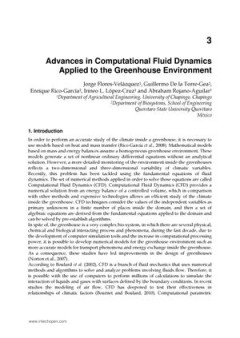
Advances in Computational Fluid Dynamics Applied to the Greenhouse Environment
Advances in Computational Fluid Dynamics Applied to the Greenhouse Environment
- Edition
- -
- ISBN/ISSN
- 9789535102717
- Collation
- -
- Series Title
- -
- Call Number
- -
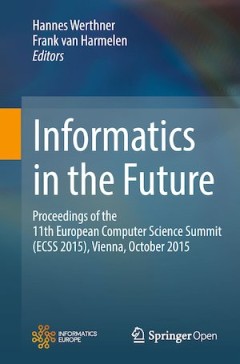
Informatics in the Future
Introduction This book is open access under a CC BY-NC 4.0 license. This volume discusses the prospects and evolution of informatics (or computer science), which has become the operating system of our world, and is today seen as the science of the information society. Its artifacts change the world and its methods have an impact on how we think about and perceive the world. Classical computer s…
- Edition
- -
- ISBN/ISSN
- 9783319557359
- Collation
- -
- Series Title
- -
- Call Number
- -
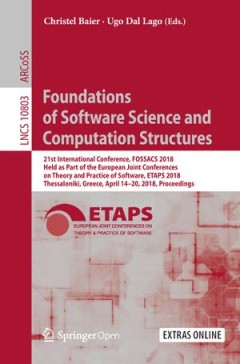
Foundations of Software Science and Computation Structures
This book constitutes the proceedings of the 21st International Conference on Foundations of Software Science and Computational Structures, FOSSACS 2018, which took place in Thessaloniki, Greece, in April 2018, held as part of the European Joint Conference on Theory and Practice of Software, ETAPS 2018.The 31 papers presented in this volume were carefully reviewed and selected from 103 submissi…
- Edition
- -
- ISBN/ISSN
- 9783319893662
- Collation
- -
- Series Title
- -
- Call Number
- -

Structure and Interpretation of Computer Programs, Second Edition
Structure and Interpretation of Computer Programs has had a dramatic impact on computer science curricula over the past decade. This long-awaited revision contains changes throughout the text. There are new implementations of most of the major programming systems in the book, including the interpreters and compilers, and the authors have incorporated many small changes that reflect their experi…
- Edition
- Ed. 2
- ISBN/ISSN
- 9780262011532
- Collation
- -
- Series Title
- -
- Call Number
- -

Computational Fluid Dynamics in Turbulent Flow Applications
This chapter is intended to present to readers a general scope of the technical, theoretical, and numerical applications of computational fluid dynamics using the finite volume method, restricted to incompressible turbulent flows (Ma < 0.3). The main objective of this chapter was to provide readers of a starting point to select an adequate numerical model for the flow regime of interest. Such k…
- Edition
- -
- ISBN/ISSN
- 9789535125648
- Collation
- -
- Series Title
- -
- Call Number
- -

Re-engineering the Uptake of ICT in Schools
Information Systems and Communication Service; Education, general
- Edition
- -
- ISBN/ISSN
- 9783319193656
- Collation
- -
- Series Title
- -
- Call Number
- -
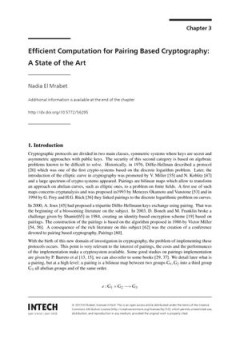
Efficient Computation For Pairing Based Cryptography a State of The Art
Efficient Computation for Pairing Based Cryptography: A State of the Art
- Edition
- -
- ISBN/ISSN
- 9789535111764
- Collation
- -
- Series Title
- -
- Call Number
- -
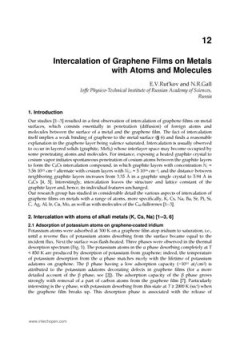
Computational intelligence in Software Cost Estimation
Computational Intelligence in Software Cost Estimation: Evolving Conditional Sets of Effort Value Ranges
- Edition
- -
- ISBN/ISSN
- 9789537619039
- Collation
- -
- Series Title
- -
- Call Number
- -
 Computer Science, Information & General Works
Computer Science, Information & General Works  Philosophy & Psychology
Philosophy & Psychology  Religion
Religion  Social Sciences
Social Sciences  Language
Language  Pure Science
Pure Science  Applied Sciences
Applied Sciences  Art & Recreation
Art & Recreation  Literature
Literature  History & Geography
History & Geography